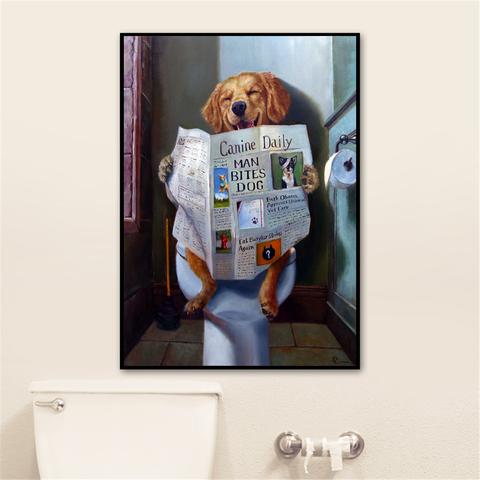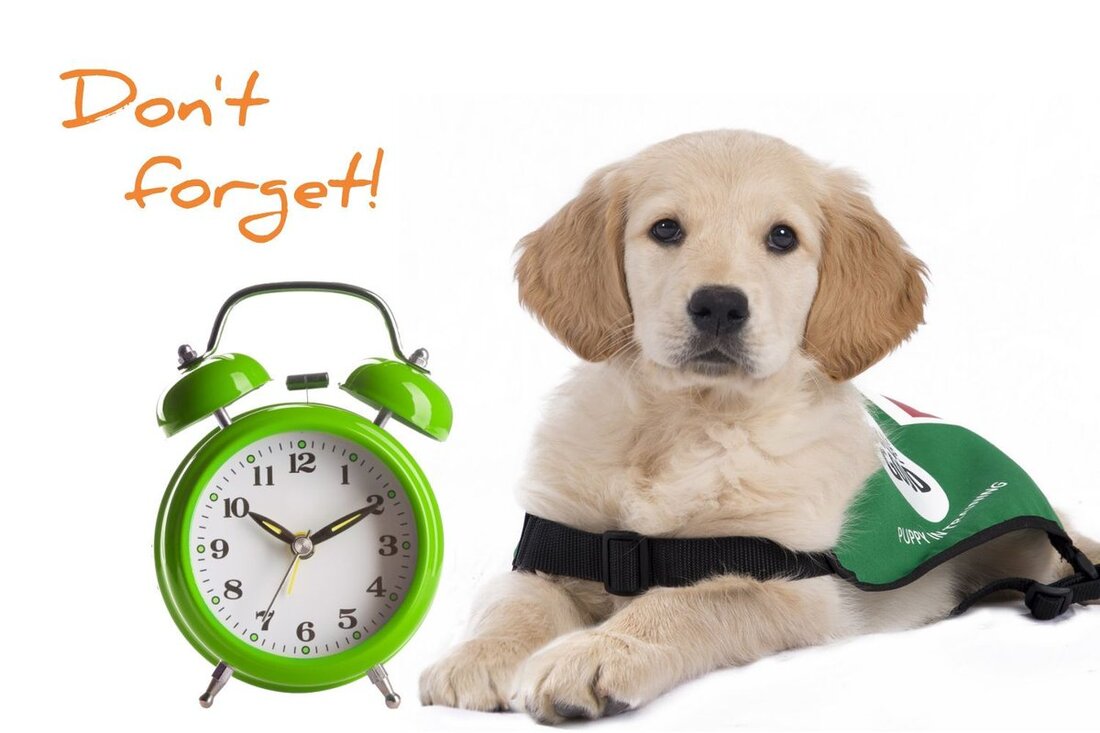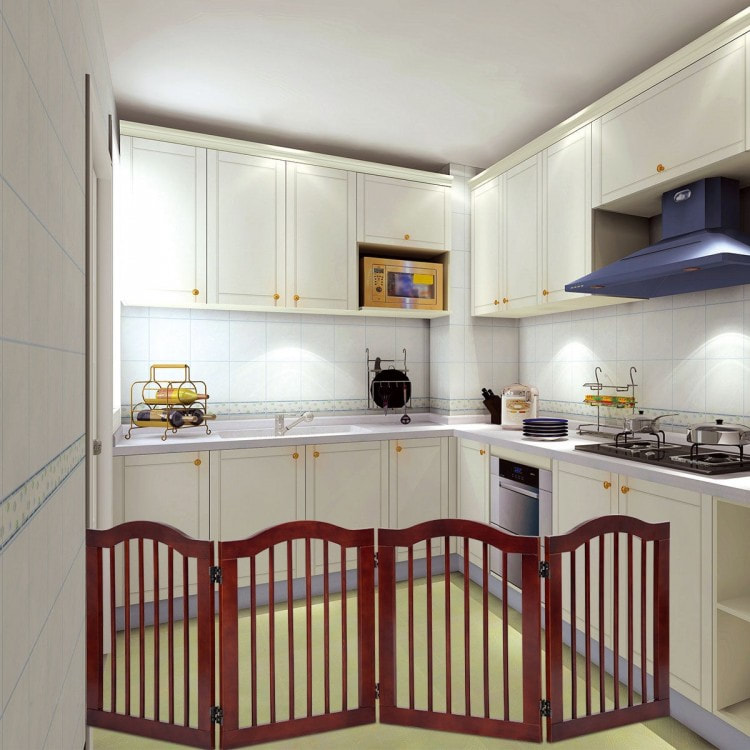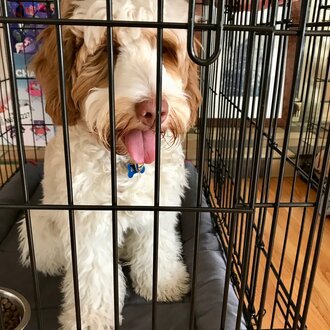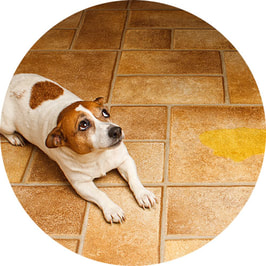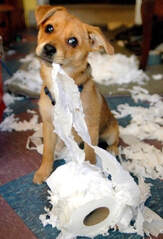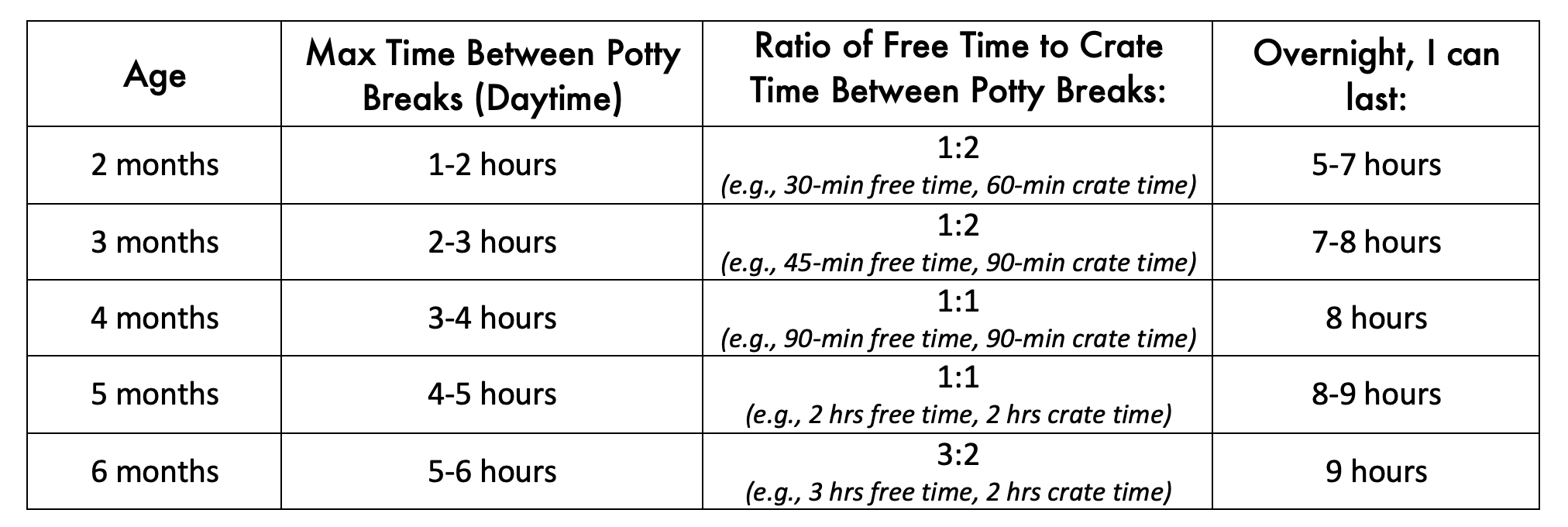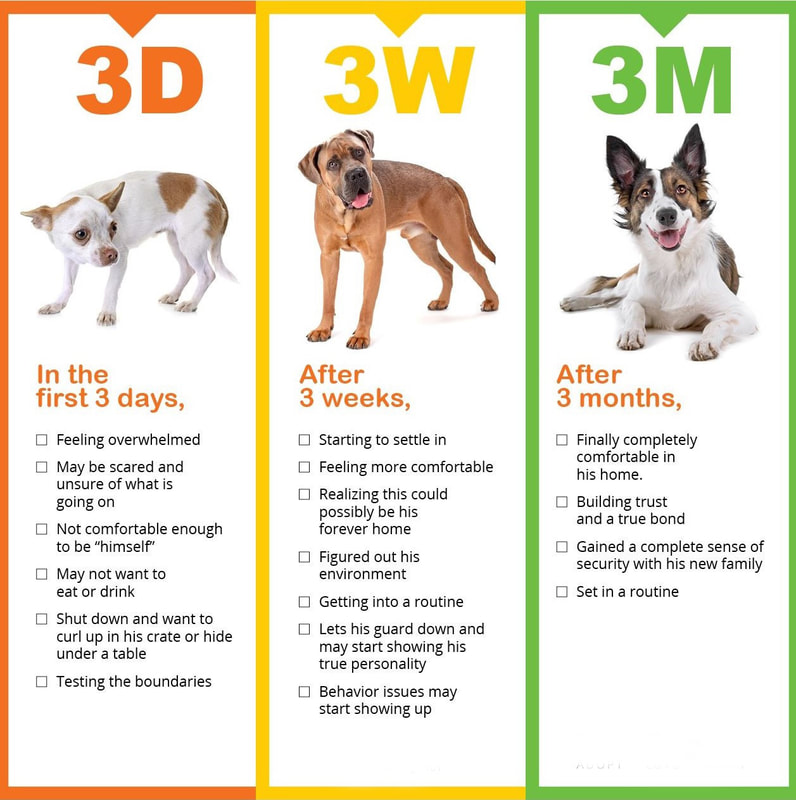HOUSE TRAINING SKILLS and TOOLS
TECHNIQUES AND TOOLS
Put a Stop to Potty Accidents in the House
works well with dogs over four months old and healthy
DID YOU READ OUR LINK TITLED, HOUSE TRAINING ADULT DOGS?
IF NOT, GO BACK, READ THAT INFORMATION
COME BACK HERE FOR MORE INFORMATION ON TETHERING.
SUPERVISION EQUALS TETHERING AND CRATING
|
CONFINEMENT = CRATE = SUCCESS
|
When you’re unable to watch your dog at all times, he should be confined to an area small enough that he won’t want to eliminate there. It should be just big enough for him to comfortably stand, lie down and turn around in. This could be a portion of a bathroom or laundry room blocked off with boxes or baby gates. Or you may want to crate train your dog and use the crate to confine him. If he has spent several hours in confinement, when you let him out, take him directly to his bathroom spot and praise him when he eliminates.
|
STOP ! and READ ! Confinement in small areas, big enough only for him to comfortably stand lie down and turn around in is a crate or small area partitioned in your home TO BE USED FOR SHORT PERIODS OF TIME NOT (NOT) ALL DAY WHEN YOU ARE AT WORK! THIS IS TOOL NOT A WAY OF LIFE FOLKS. NOTE: the picture to the left is too much space for a dog when training him to NOT eliminate inside the house. Dogs will not pee or poop in the area they lie in. The exception to this is a sick dog, young or old, or a dog that does not have bladder control. Use a baby gate to partition off a much smaller area or a crate. |
OOPS ! Accidents happenMost dogs, at some point, will have an accident in the house. You should expect this, as it’s a normal part of your dog’s adjustment to his new home.
|
|
POTTY BREAK SCHEDULE BASED ON AGE
Other types of house soiling problems:
|
|
Medical problems House soiling can often be caused by physical problems such as a urinary tract infection or a parasite infection. Check with your veterinarian to rule out any possibility of disease or illness. Submissive/excitement urination Some dogs, especially young or old ones, temporarily lose control of their bladders when they become excited or feel threatened. This usually occurs during greetings, intense play or when they’re about to be punished. Territorial urine marking Dogs sometimes deposit urine or feces, usually in small amounts, to scent-mark their territory. Both male and female dogs do this, and it most often occurs when they believe their territory has been invaded. |
Separation anxiety Dogs who become anxious when they’re left alone may house soil as a result. Usually, there are other symptoms, such as destructive behavior or vocalization. Fears or phobias When animals become frightened, they may lose control of their bladder and/or bowels. If your dog is afraid of loud noises, such as thunderstorms or fireworks, he may house soil when he’s exposed to these sounds. Copyright Dumb Friends League and Humane Society of the United States. |

